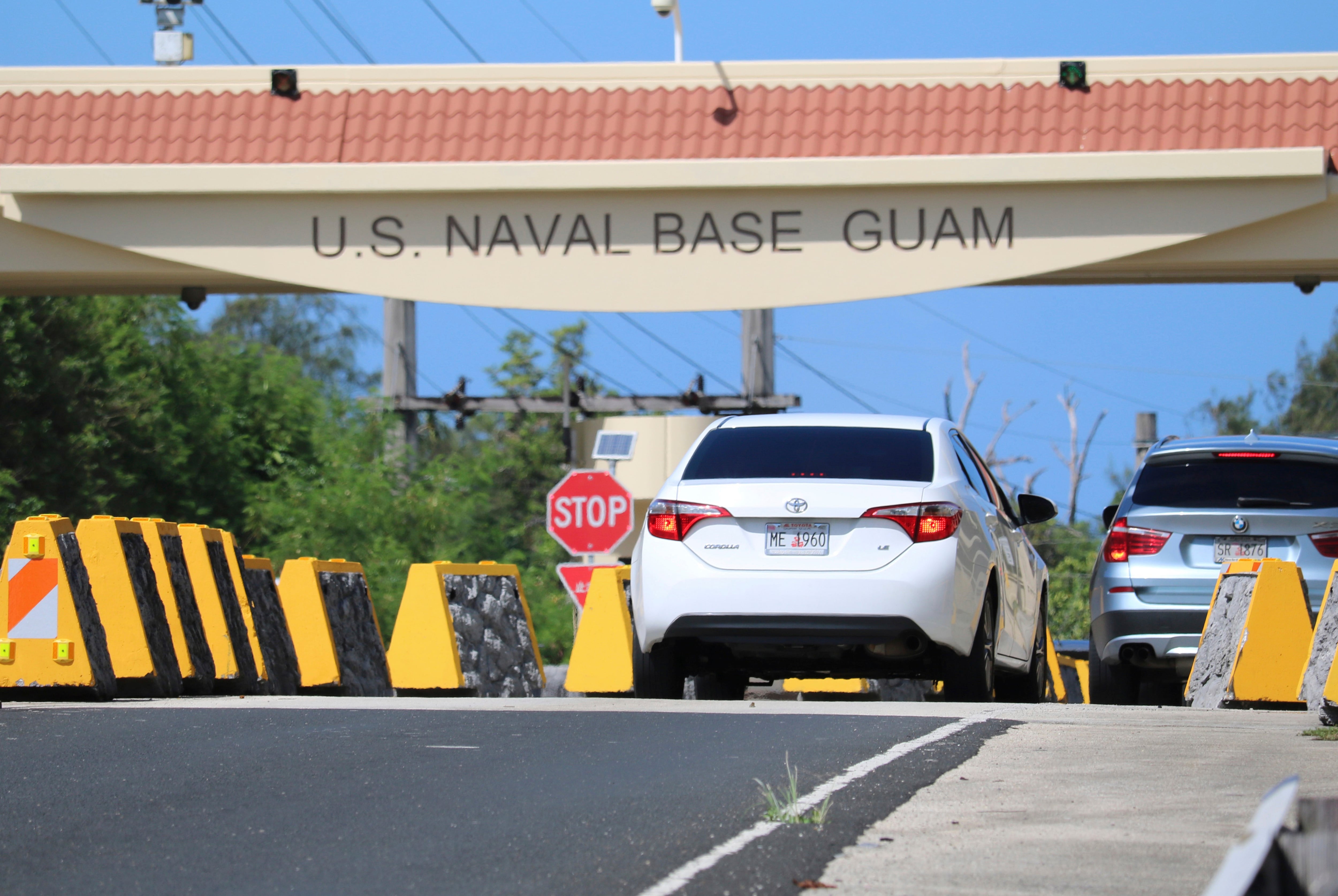WASHINGTON — Amid nuclear tensions with North Korea, U.S. President Donald Trump tweeted a fiery boast on Wednesday: His first order as president was to “renovate and modernize” the U.S. nuclear arsenal, and now it is “far stronger and more powerful than ever before.”
But is that accurate?
The tweet, perhaps meant to back down North Korean leader Kim Jong Un or rally Trump’s political base, was met with a quick backlash from arms control and national security experts on Twitter, who refuted the claims as “nonsense” or “a total lie.” This, amid boiling criticism that Trump’s vow to meet North Korean threats with “fire and fury” was not helping to deescalate the possibility of nuclear war with Pyongyang.
To be clear, efforts to modernize America’s nuclear arsenal were long underway before Trump took office and are years from completion. Its nuclear arsenal has actually shrunk over the last seven months to meet the conditions of New START, the strategic arms reduction treaty, noted defense budget analyst Todd Harrison of the Center for Strategic and International Studies.
Actually, nuke arsenal has shrunk over the past 7 months to meet New START limits. ICBM force down to 400, lowest level since early 1960s. https://t.co/BwnvaUDNYp
— Todd Harrison (@ToddHarrisonDC) August 9, 2017
“This is patently absurd,” Stephen Schwartz, former editor of the Nonproliferation Review, said in a tweet responding to Trump. “Literally nothing has happened in the last 201 days to increase the overall power of the US nuclear arsenal.”
The senior policy director at the Center for Arms Control and Non-Proliferation, Alexandra Bell, called Trump’s claims “a total lie” in her own tweet. “Modernization plans for nuclear arsenal were well underway before [Trump] came into office & his own budget isn’t passed yet,” she said in another.
“The recklessness of his nuclear flaunting aside this is nonsense,” Kingston Reif, the director for disarmament and threat reduction policy at the Arms Control Association, said in a tweet. “[President Barack] Obama set in motion massive upgrade plans, which [are] still being implemented.”
Reif, in an email, noted that the U.S. arsenal is no more powerful than it was when Trump took office and the president’s first budget request largely continues Obama’s approach. The budget won’t take effect until Oct. 1 at the earliest and may be delayed given the appropriations deadlock in Congress.
The Trump administration’s nuclear policy is still in its nascent stage, expected to grow out of the Pentagon’s ongoing Nuclear Posture Review. Trump ordered the review as part of a Jan. 27 memorandum to “rebuild” the U.S. military, but it did not begin until April and is not expected to finish before September.
In the balance is whether Trump will continue or expand Obama’s nuclear modernization plans and spend as much as $1 trillion over 30 years to replace America’s aging fleets of bombers, submarines and long-range ballistic missiles. Russia and China are in the midst of their own major nuclear modernization efforts.
For the record, Trump’s first official order, signed Jan. 20, minutes after he took the oath of office, was aimed at overhauling Obama’s signature health care law.
In December, Trump made a series of statements that contained his first and clearest support up until that point for the U.S. nuclear arsenal.
“The United States must greatly strengthen and expand its nuclear capability until such time as the world comes to its senses regarding nukes,” he said in a tweet.
A day later, Trump said in a TV interview: “Let it be an arms race. We will outmatch them at every pass and outlast them all.”
Trump had just met with a number of the military’s top policy and procurement officials, including Vice Adm. James Syring, head of the Missile Defense Agency, and Lt. Gen. Jack Weinstein, deputy Air Force chief of staff for strategic deterrence and nuclear integration.
A month after taking office, Trump derided New START in an interview with Reuters as “a one-sided deal,” saying that “if countries are going to have nukes, we’re going to be at the top of the pack.”
Signed in 2010 by Obama and Russian Prime Minister Dmitry Medvedev, the treaty calls for the number of strategic nuclear missile launchers to be reduced by half.
Trump’s statements upset nonproliferation advocates and roiled the delicate political consensus in Washington on nuclear arms. Generally speaking, Obama traded support for nuclear modernization for the support from defense hawks for the treaty.
Nuclear modernization was a hot topic in Washington long before Trump was elected. The arsenal is estimated to cost at least $400 billion through 2026, and modernizing it faces a so-called bow wave of spending that adds up to $1 trillion over 30 years, by some accounts.
Defense Department officials have repeatedly made the case to Congress that 40-year-old Minuteman III missiles and Ohio-class nuclear missile submarines need to be replaced, while a new nuclear-capable bomber must be built to retire the venerable B-52.
The nonproliferation community, and some Democratic lawmakers, are pushing back against modernization plans over the cost, and they say a new nuclear cruise missile, the Long-Range Standoff weapon, could fuel a new arms race.
RELATED

On Tuesday, Trump remarked to reporters that Pyongyang is not to make any more threats against the United States or it will “face fire and fury like the world has never seen.”
North Korea published a statement Wednesday saying it was reviewing plans to strike around the U.S. territory of Guam, in the Pacific, including Anderson Air Force Base. It accused the U.S. of provocative flights and tests in the Pacific.
Aaron Mehta and Valerie Insinna in Washington, D.C., contributed to this report.
Joe Gould was the senior Pentagon reporter for Defense News, covering the intersection of national security policy, politics and the defense industry. He had previously served as Congress reporter.




